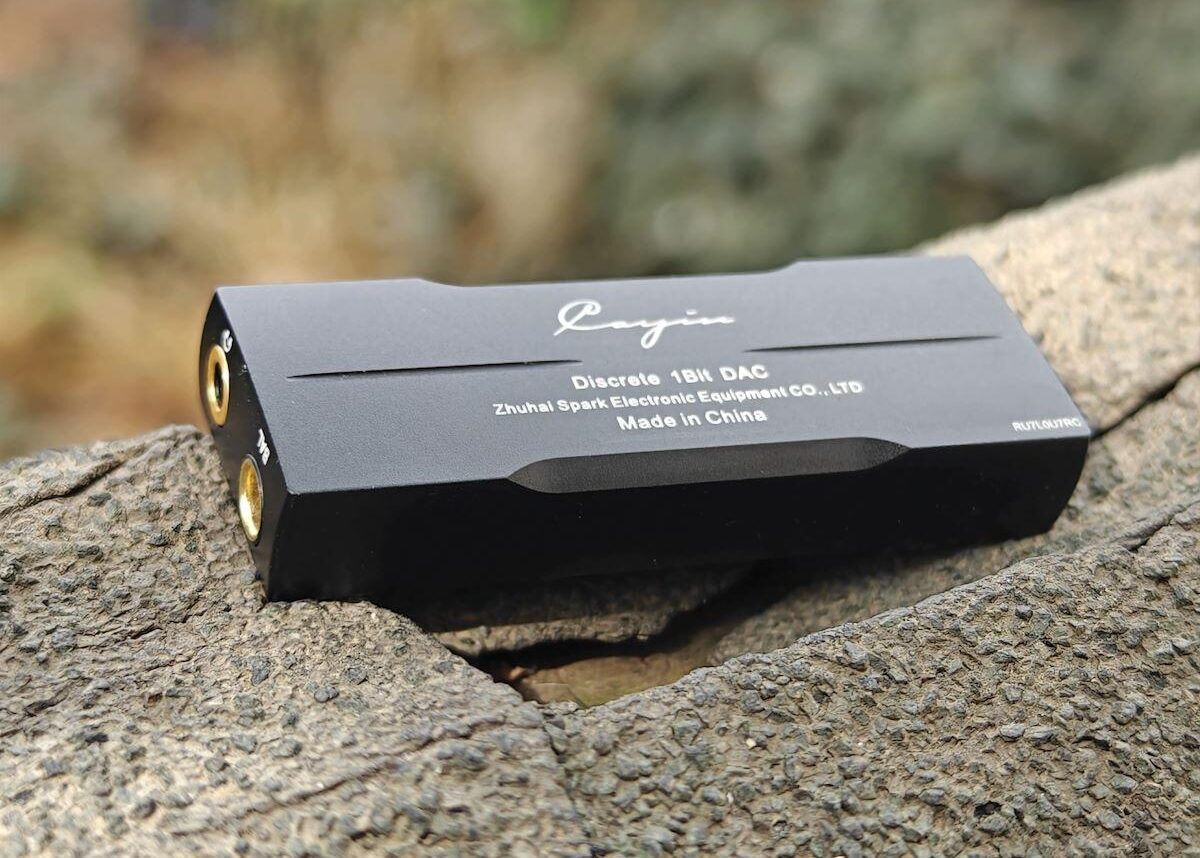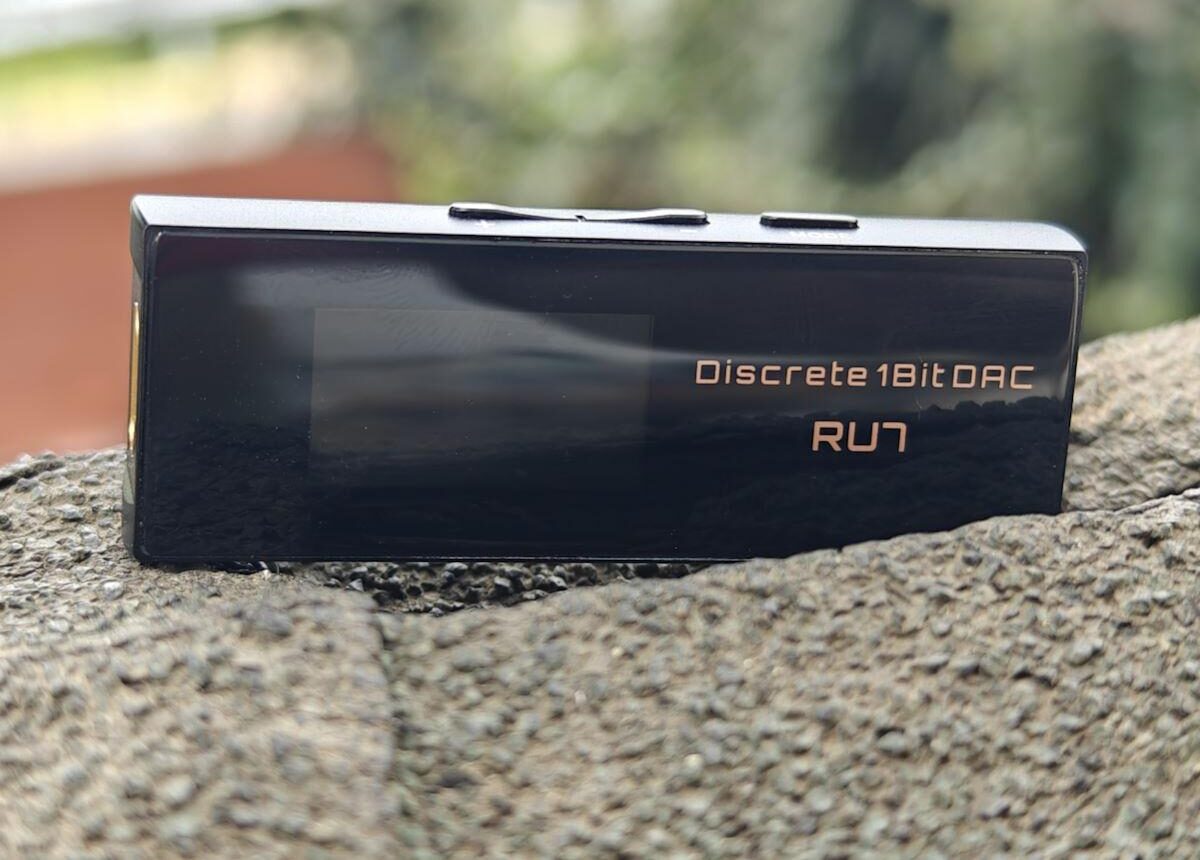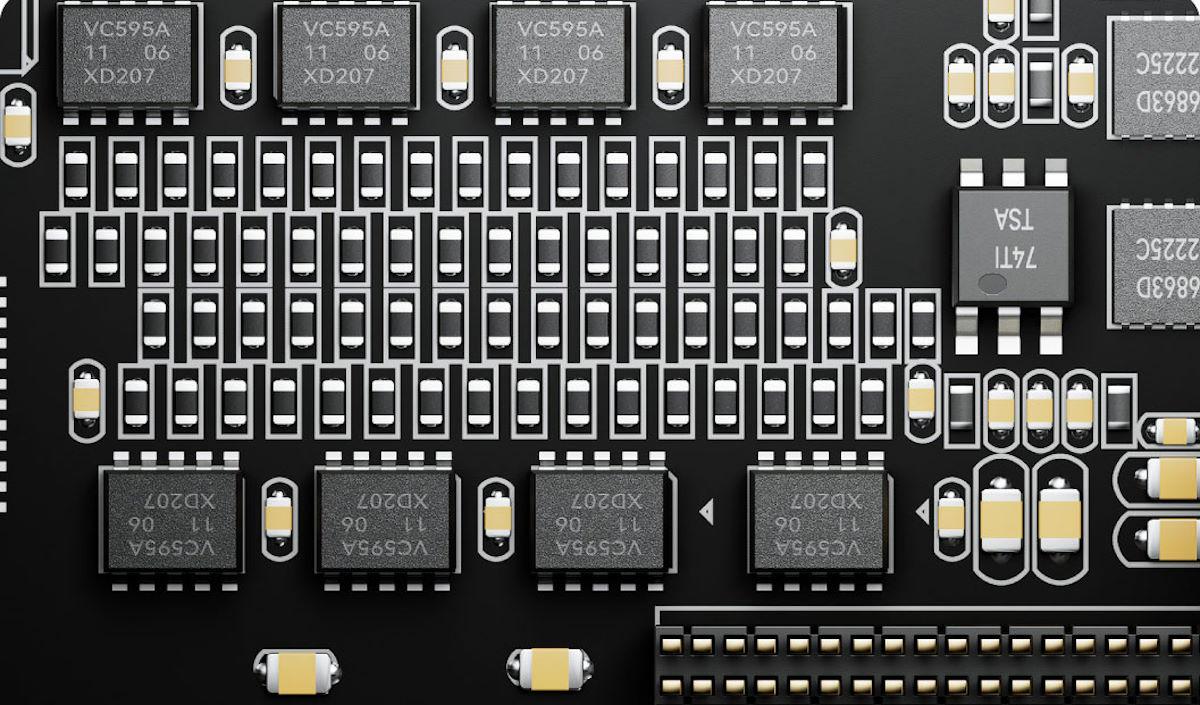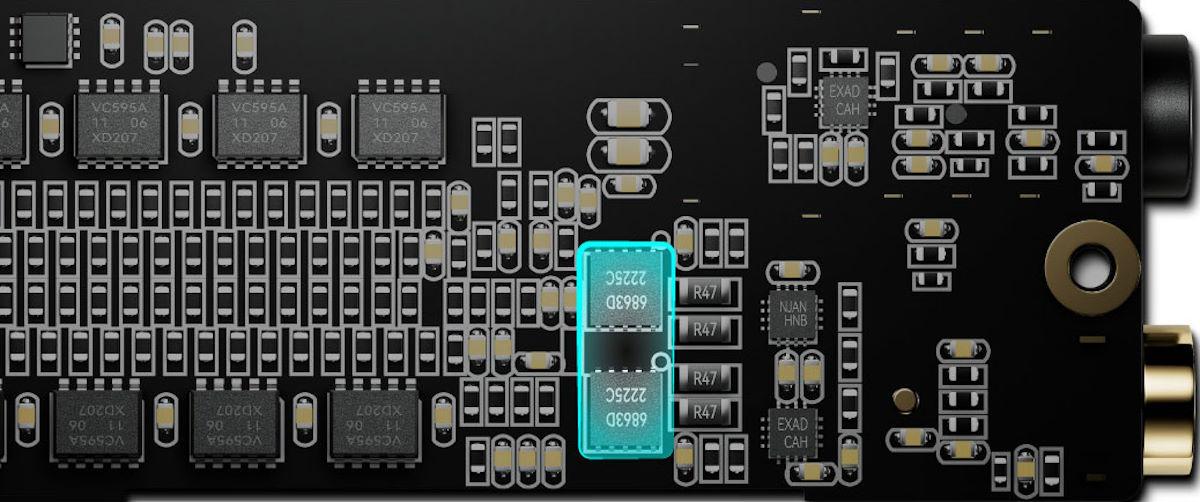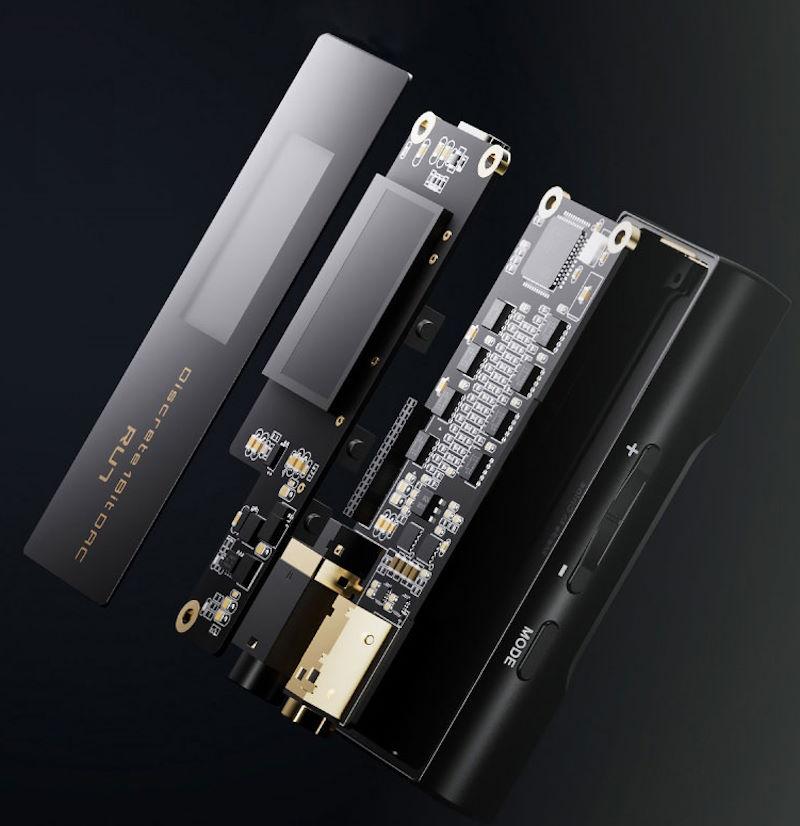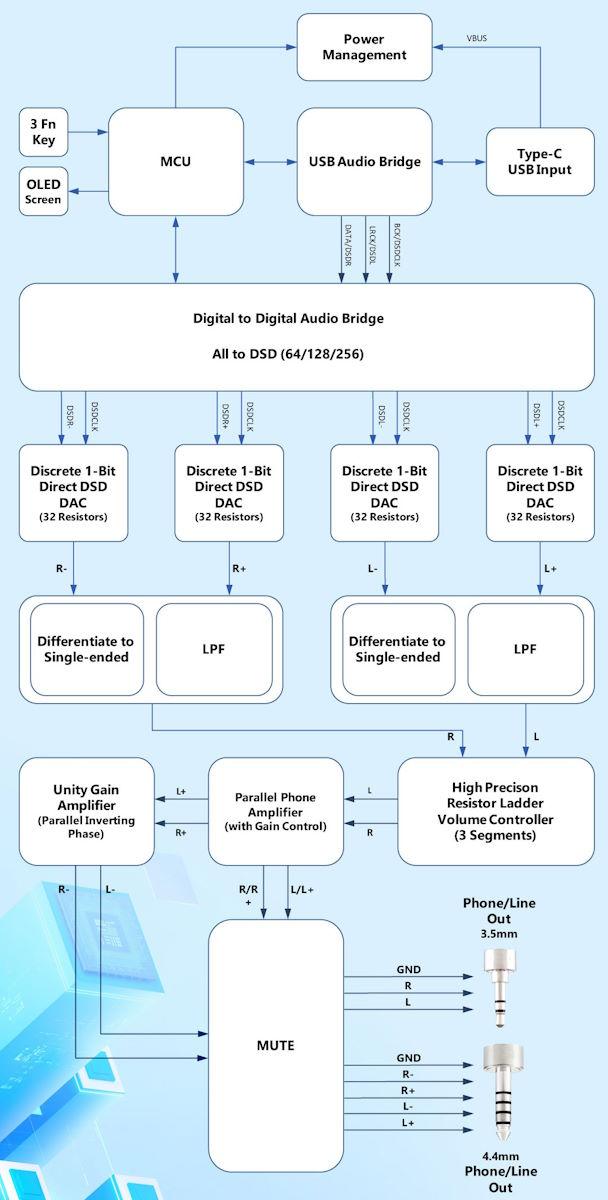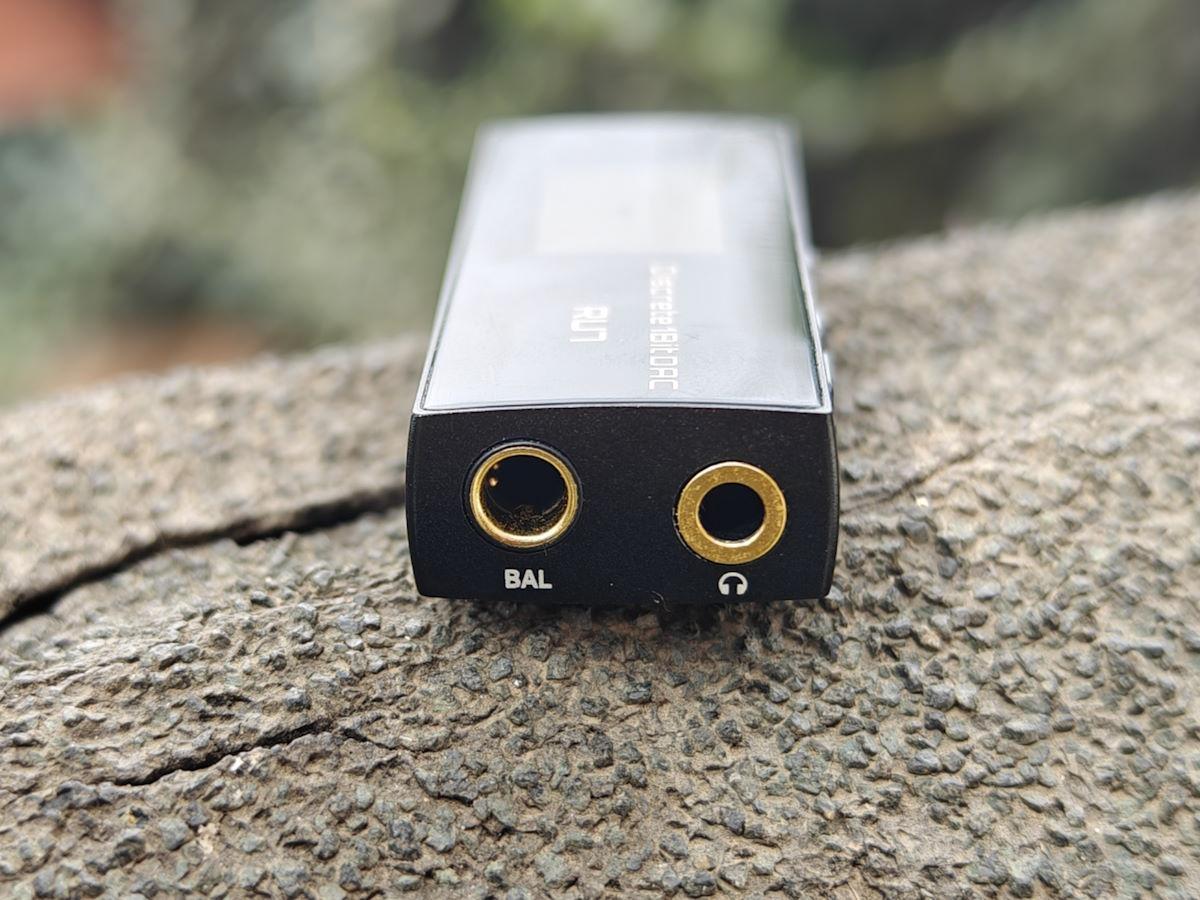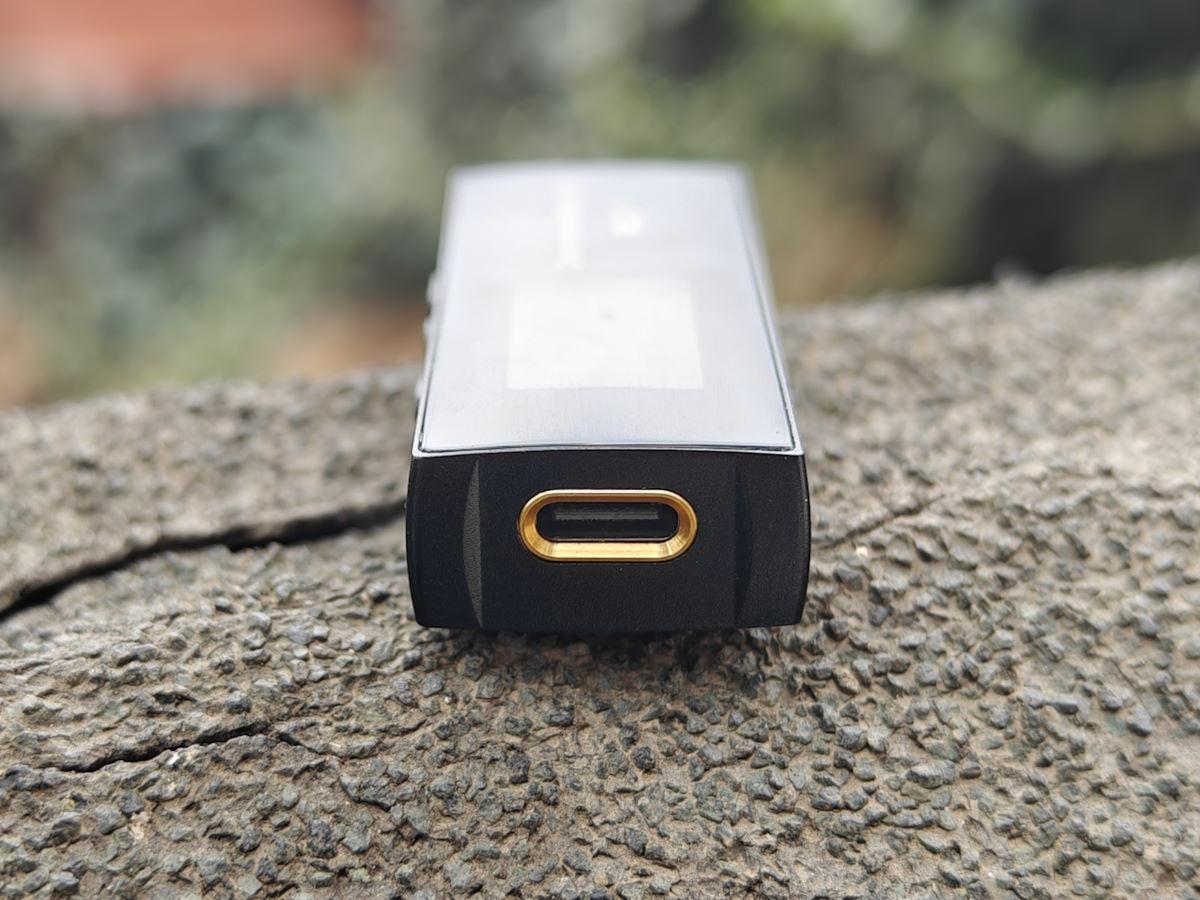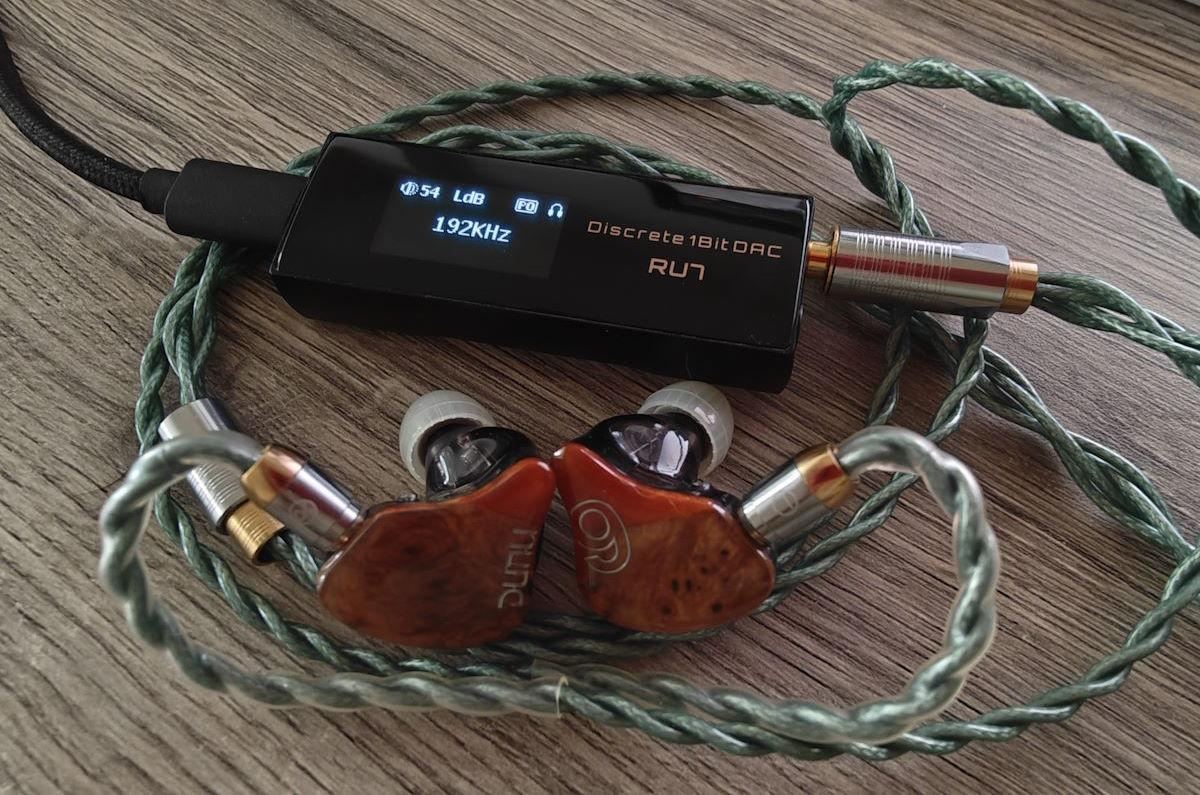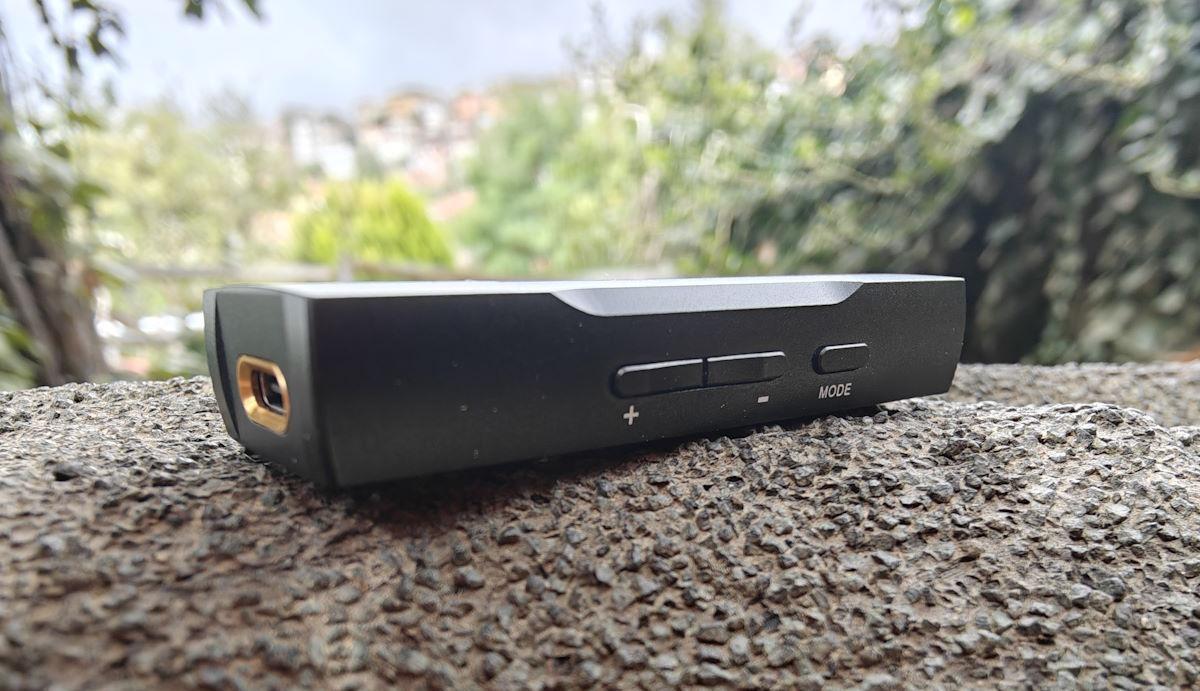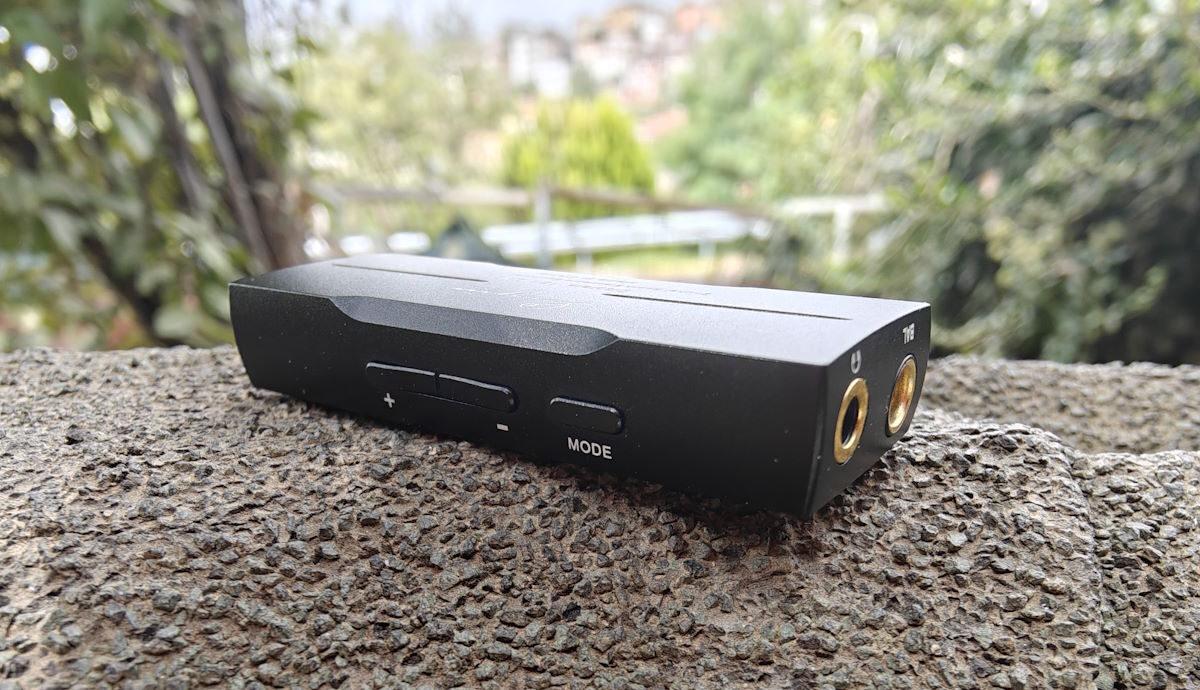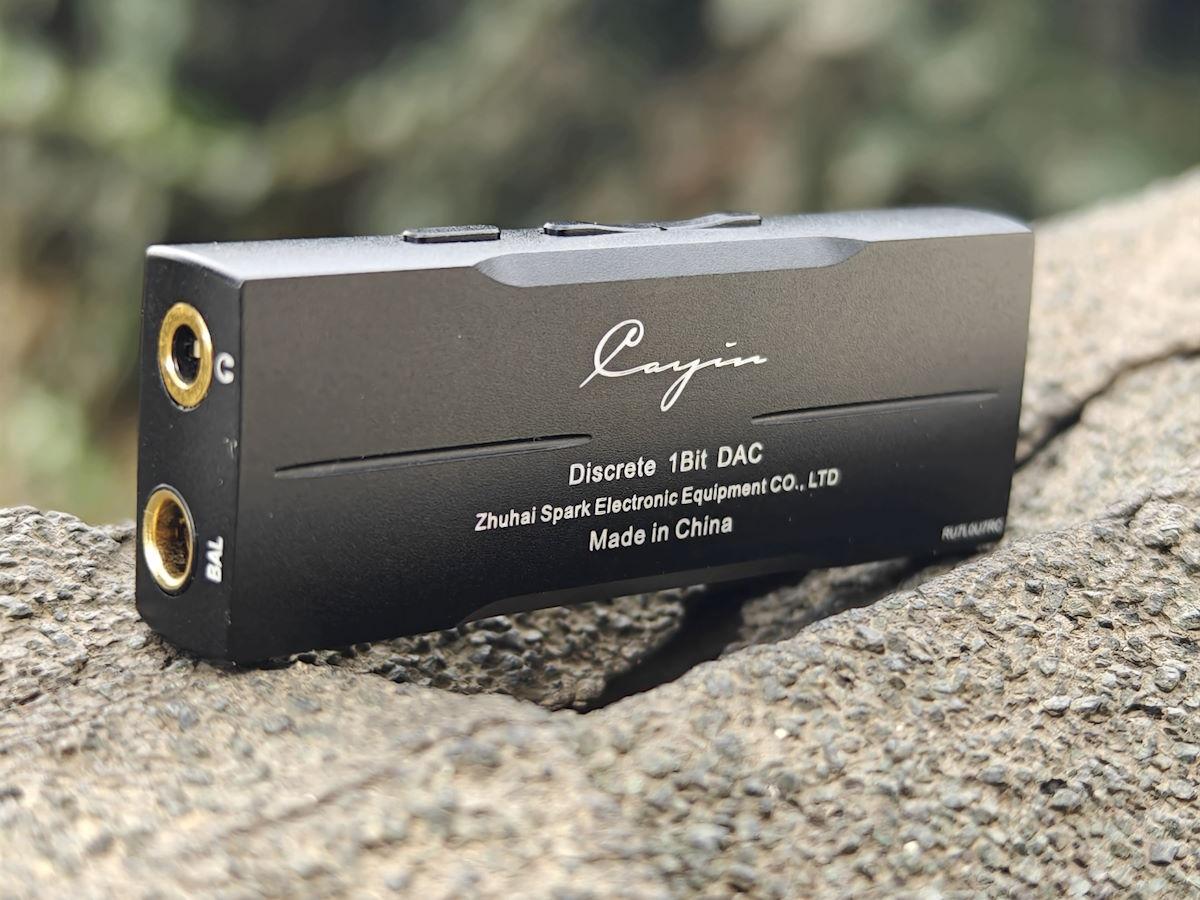Cayin RU7 Review – 1-Bit DAC For The Masses
Cayin is one of the top HiFi audio brands from China. They are known for their premium range of products specializing in headphone amplifiers, portable Android digital audio players, portable USB DAC/AMPs, and more. Quite recently, Cayin has introduced its brand new portable USB DAC/AMP, the Cayin RU7. RU7 comes as a successor to the award-winning RU6 and upgrades it with a fully discrete pure 1-Bit R2R ladder array DAC architecture. It is based on their recently launched N7 portable audio player which is also getting good attention among audiophiles. Cayin RU7 promises top-quality audio performance in a compact and lightweight form factor.
The Tech in RU7
Fully Balanced Resistor Networks Discrete 1-Bit DAC for DSD Format
Purposively designed micro-miniaturized 1-bit DAC circuit from discrete components Convert digital signal to analog signal through a fully differentiated 4-ch DAC architecture. The 1-bit DAC circuit is a resistor network composed of 128 pcs (4 x32) high precision Thin Film Resistors, this closely resembles the discrete DAC of our N7 DAP. The output of the resistor network will go through a 3-level active LPF and then be converted to a single-ended signal for volume adjustment.
High Power Parallel Phone Amplifiers
Dual amplifiers in parallel, providing 4-CH high power Balanced Driven output The second phone amplifier is a parallel unity gain inverting phase amplifier An impressive upgrade in phone output power: 3.5mm SE, 160mW @320 4.4mm BAL, 400mW @320
Shared Line Out
The shared line out function will configure the 3.5mm or 4.4mm phone output into fixed voltage output (bypassing volume control): 3.5mm Single-ended, 1.2Vrms 4.4mm Balanced, 2.4Vrms The line out voltage are carefully selected to retain as much details and dynamic of the 1-Bit DAC with minimum noise and distortion. Enable you to connect the RU7 to a portable/desktop amplifier or home audio system and use it as a miniature 1-bit DAC.
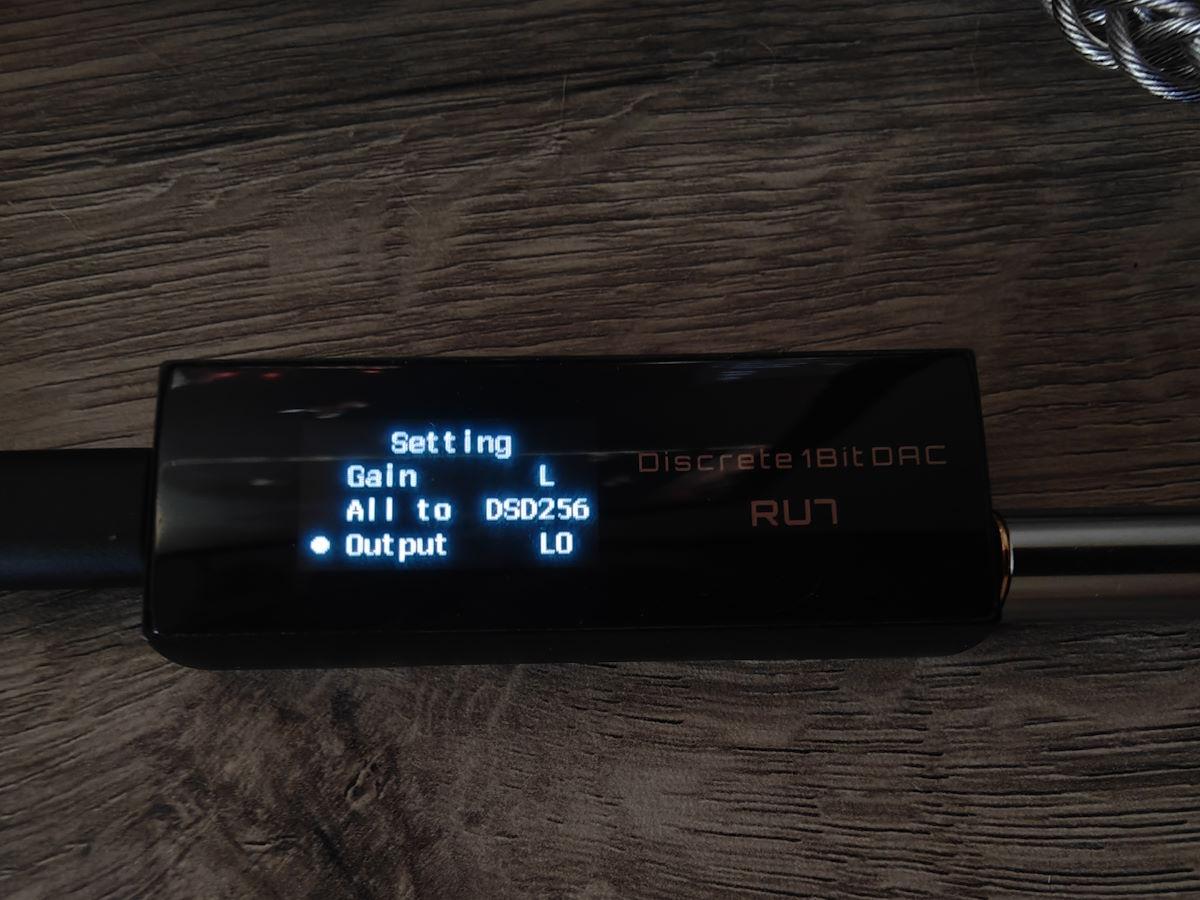
Discrete Volume Control
Discrete Resistor Network DAC circuit is very demanding on incoming data integrity, we recommend users keep the digital volume of their mobile phones at full output to safeguard the quality of the audio digital signal. When off-the-shelf analog volume options cannot meet the high precision, low noise, and low power consumption requirement of RU7, we developed our own discrete resistor network volume control 100 steps volume control through 3 segments of resistors and switching relays (Switching relay will introduce short delays in volume adjustment ), offering precise control over a wide volume range, satisfy even the need of most sensitive IEM users.
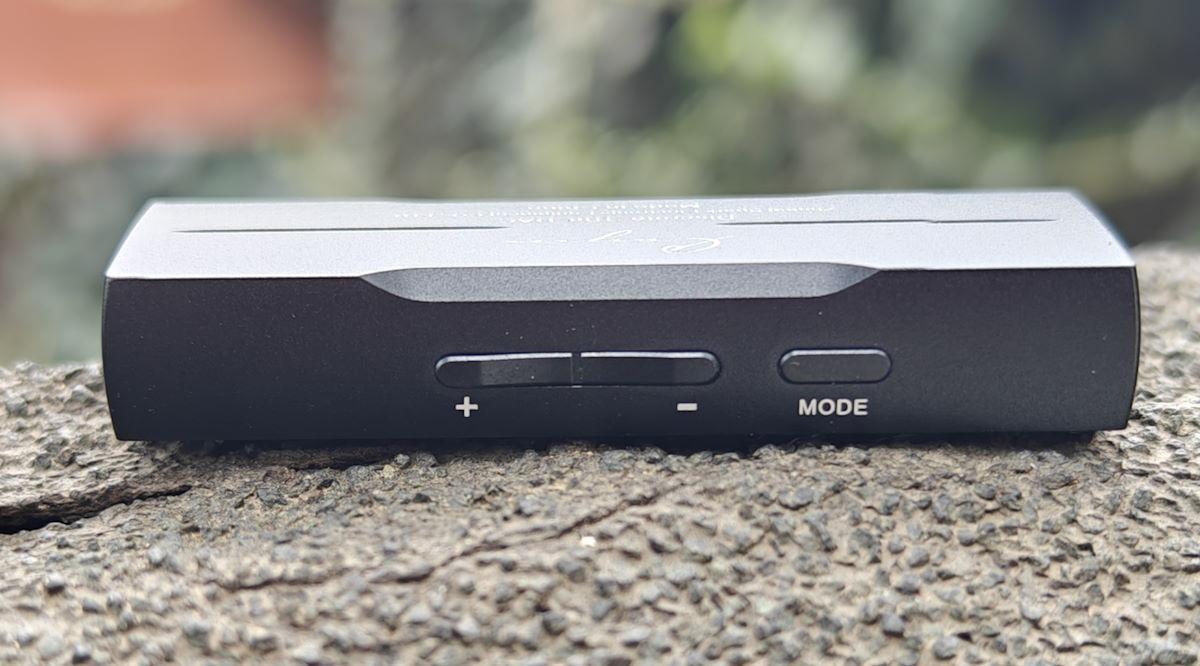
- Segment 1: 1-49
- Segment 2: 50-79
- Segment 3: 80-100
Digital Audio Capability with User-Selectable All-to-DSD
RU7 supports PCM up to 384kHz and native DSD from DSD64 to DSD256. Its Audio Bridge will receive different audio formats and go through high-precision signal enhancement. All digital audio signals will convert to the designated DSD format (DSD64/DSD128/DSD256) before feeding to the discrete 1-bit DAC circuit.
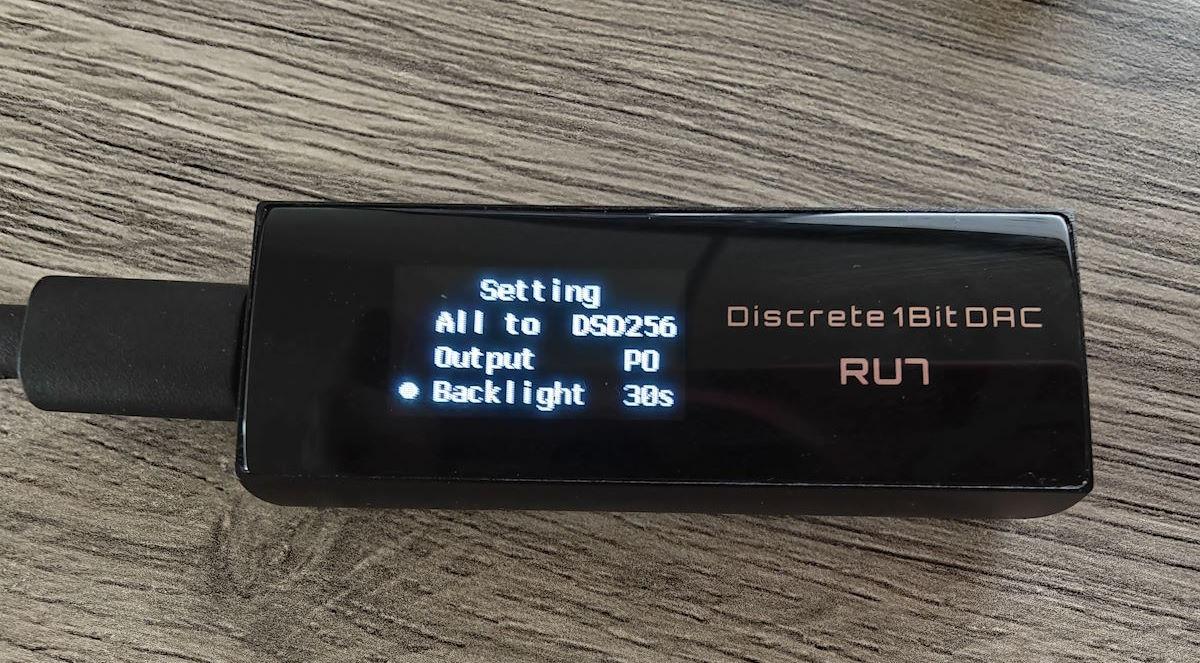
Dual PCB to Minimise Interference
To minimize interference, RU6 circuitry is split into TWO 6-layer PCBs, with digital and analog circuits installed in separate boards.
Safeguard signal integrity and make sure the noise from the reference clock and DSP will not bleed into the amplification circuit.
Low Power Consumption Compatible with Common Platforms
A discrete resistor network is a low-power DAC circuit when compared to other highly integrated DAC chipsets, minimizing power drain from mobile sources. The redesigned amplification circuit increases output power dramatically while maintaining the overall power drain at 100-110mA Low power consumption allows RU7 compatibles with the following digital audio sources.
- Android-based mobile devices
- iOS and iPad OS mobile devices
- macOS computers
- Window 7/8/8.1/10 computers
- Digital Audio Players with USB Audio Output.
Functional Diagram for RU7 1-bit Dongle DAC
Features
- Pure 1-Bit DAC.
- Parallel Driven Balanced Amplifier Chipset.
- 3.5mm+4.4mm Dual Headphone Output.
- Supports Balanced Line-Out.
- 100-Level Resistor Array Volume Control.
- Hi-Res PCM(32-Bit/384kHz), Native DSD256 Decoding.
- All-to-DSD Function(64/128/256).
- Detachable Type-C Connector Cable.
- CNC-Machined Metallic Chassis.
- Lightweight & Ergonomic Design.
- High-Power Output(Up to 400mW, 4.4mm Bal).
- Premium Leather Case.
- 128×64 pixel 0.96” OLED Display Screen.
- Impressive Performance With Clear Dynamic Range and High SNR Performance.
- Compact & Handy.
- Works with Apple iOS, Android, Windows, and Mac devices.
- Minimum Interferences with Dual PCB
- Price: $293.55
What’s in the box
Sound
The Cayin RU7 sounds super musical and natural. The delivery is neutral but going to the warmer side. The same goes for the amount of body, it’s natural but depending on the earphone used, can go to the heavier side. There’s always a good, fun amount of body, and it never feels out of order. Cayin RU7 sounds musical no matter what you’re listening to.
The Cayin RU7 sounded very dynamic with all of the IEMs I connected to it. The energy level is also a pleasure to the ear depending on the earphone used. The RU7 is a dongle DAC that makes everything sound effortless, even with the most complex music and passages. As such it’s very pleasant to listen to, one that is easy on the ears. But it’s more than that, as it has an equally good technical strength. The resolution, clarity, separation, precision, decay, speed, layering, extension, and sound stage are all very good.
I do like the RU7’s clean and black background combined with its spacious and airy, yet natural presentation. The stage positioning and layering are a pleasure to the ear, especially with IEMs like the DUNU SA6 MK2.
The bass presentation is overall good. Bass is tight, easy to listen to and it shows up with plenty of authority when needed. Technically, bass also performs well with excellent speed, clarity, precision, and depth.
The RU7 shines in the mids and you get a natural and very musical presentation with plenty of airy and excellent precision, depth, layering, and separation. The mids sound dynamic, natural, and spacious, and with the realistic positioned vocals that are not too energetic, the mids are soft and easy on the ear.
Vocals and treble are always nicely energetic and vivid, but they never refrain from being natural. The technical level of the section is at its very best, but it’s never overly energetic. The vocals and higher frequencies are always dynamic, vivid, and exciting.
The RU7 has this unique ability to not only enhance the staging quality and imaging complexity of whatever earphone I throw at it but also deliver it in a very natural and agreeable tone.
Tonally, it is reminiscent of RU6 in a way with that solid note body, and great harmonic balance, but it sounds slightly more precise in its delivery. Especially for complex imaging passages.
The RU7 also does not push vocals as far forward nor give them as much exuberance and presence so I would say, comparatively speaking, the term “neutral to natural” is the more apt description of the RU7’s general tone.
The background is beautifully black with some excellent dynamic range. Combined with a tonal balance that seems so evenly weighted, neither too warm nor too bright, your ear is never unnaturally distracted to one end or another unless the dynamics of the audio passage or the general tone of the IEM demands it.

vs RU6 (R-2R vs 1-Bit)
The RU6 differs by using more of a classic R-2R resistor ladder network whereas the RU7 uses a 1-Bit DAC, though both are discrete ladder resistor network techs. The RU6 sounds a bit drier compared to the RU7, RU7 providing better dynamics and a more pleasing timbre. Another difference from the RU6 is the midrange presentation, particularly vocal imaging. The RU6 vocal positioning is further forward and more vibrant in its delivery whereas the RU7 is a shade more conservative in positioning but at the same time offers more space and separation around them and accompanying instruments.
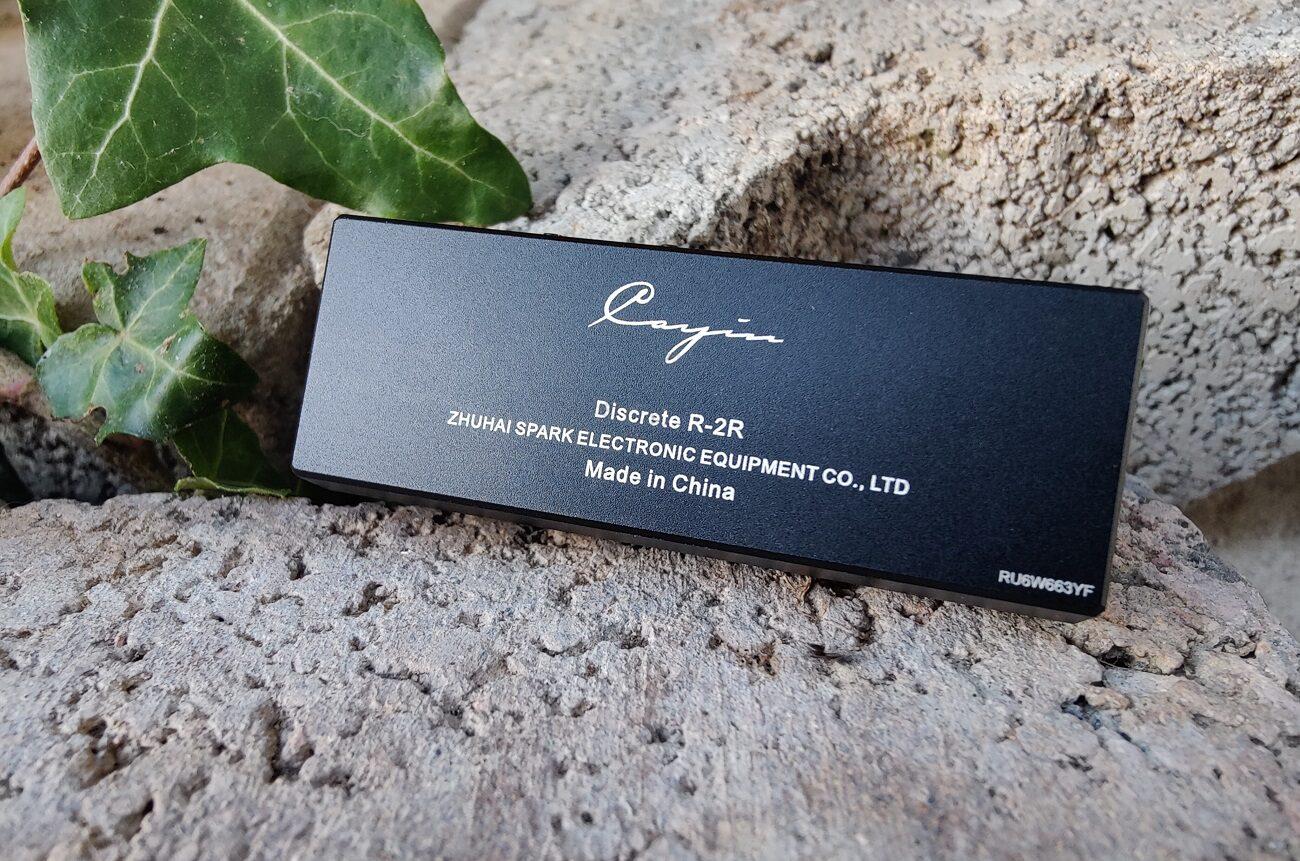
RU7 also sounds more three-dimensional and you feel the sound around you. You’re more immersed by the sound, whereas the RU6 is flatter. Both dongles have a neutral tuning, but the RU7 sounds fuller and has the most weight from top to bottom.
The RU7 dongle sounds more dynamic, layered, and musical to me. I think the RU7 is better in all aspects, but I can also see why some listeners would prefer RU6’s more analog-sounding presentation, in the end, it all comes down to personal taste.
Sum-Up
Cayin did it again. Last year they introduced us, the masses, to R2R tech in a small form factor, and this year we get a taste of what the 1-Bit tech sounds like.
Is the RU7 an upgrade over the RU6? In the form of a dongle DAC, it certainly is. We get the line-out function (pure DAC mode) from both 3.5mm and 4.4mm ports, we get almost twice the power from the balanced port, we get better volume control and we get better power efficiency.
As the sound goes, as I said, it all comes down to personal taste in the end.

